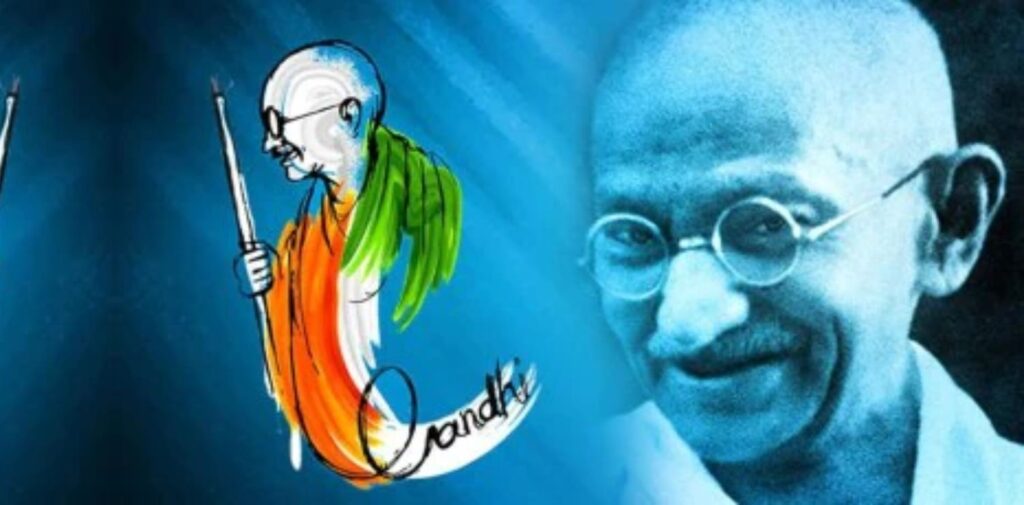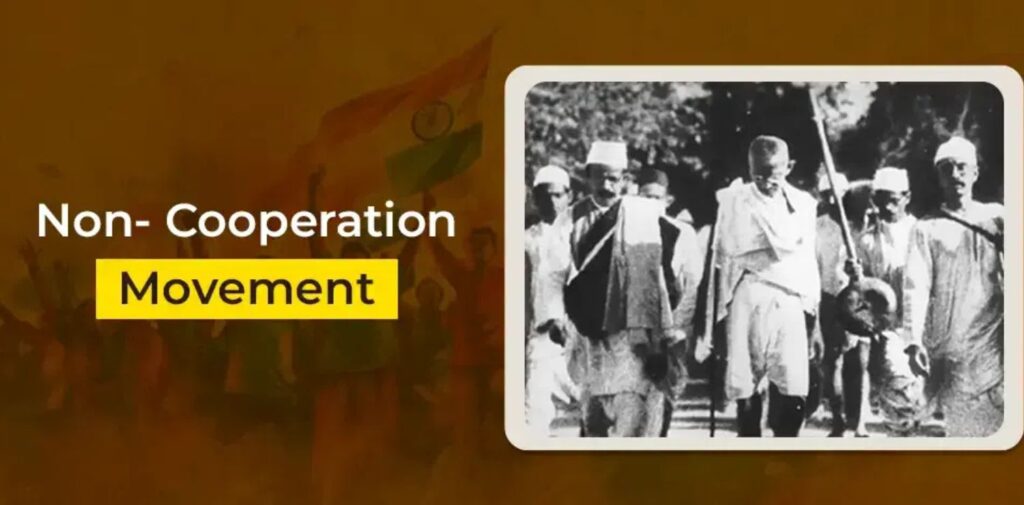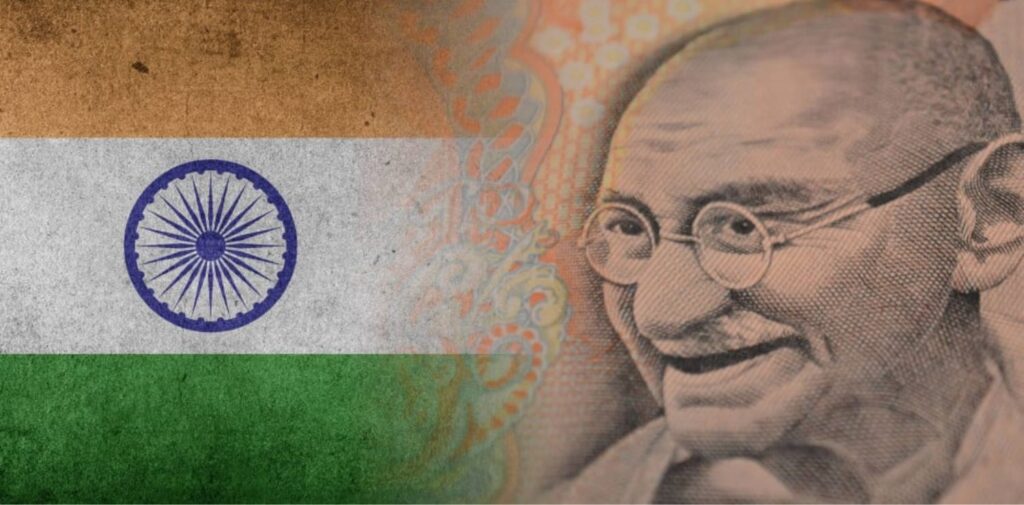Introduction: Why We Remember Mahatma Gandhi on 2nd October
Every year, on the 2nd of October, the entire nation of India celebrates the birth anniversary of Mahatma Gandhi. This day is not just a remembrance of his birth but also a celebration of his life, values, and immense contribution to the freedom struggle. Mahatma Gandhi is widely regarded as the “Father of the Nation” because of his relentless efforts in leading India towards independence through non-violent means. His teachings on truth, non-violence, and equality have inspired millions around the world.
Early Life and Education
Mahatma Gandhi, whose full name was Mohandas Karamchand Gandhi, was born on October 2, 1869, in Porbandar, a coastal town in present-day Gujarat. He came from a middle-class family. His father, Karamchand Gandhi, was a local official, and his mother, Putlibai, was deeply religious. From a young age, Gandhi was influenced by his mother’s values of simplicity, vegetarianism, and devotion to religion.

After completing his early education in India, he went to London to study law. This experience broadened his understanding of the world and made him aware of racial discrimination. While in London, Gandhi promised his mother that he would live a life of abstinence and follow his cultural values, which he adhered to strictly.
The Beginning of His Journey in South Africa
After becoming a lawyer, Gandhi went to South Africa in 1893 to practice law. This journey became the turning point in his life. In South Africa, Gandhi faced severe racial discrimination because of his skin color and ethnicity. Once, he was thrown out of a first-class train compartment despite having a valid ticket. These incidents opened his eyes to the injustices faced by Indians and people of color.
Instead of reacting with anger or hatred, Gandhi decided to fight against these injustices using non-violent means. He organized protests and worked tirelessly for the rights of Indians in South Africa. During this time, he developed the concept of “Satyagraha,” which means the force of truth and non-violence. He firmly believed that change could be brought about not by violence but by appealing to the conscience of the oppressor.
Return to India and the Freedom Movement
Gandhi returned to India in 1915 and was welcomed with great respect. He soon became involved in the Indian independence movement. He traveled across India, understanding the problems of common people, farmers, and workers. He launched campaigns to address issues like the unfair treatment of farmers, high taxes, and the exploitation of laborers.

One of his first major movements was the Non-Cooperation Movement in 1920. Gandhi called upon Indians to boycott British goods, educational institutions, and courts. This movement had a massive impact and brought people from all walks of life together.
The Salt March: A Symbol of Defiance
One of the most significant events led by Gandhi was the Salt March in 1930. The British had imposed a tax on salt, which was a basic necessity for every Indian. Gandhi saw this as unjust and decided to protest by making his own salt. He walked 240 miles from his ashram in Sabarmati to the coastal town of Dandi. This act of defiance, though seemingly simple, caught the attention of the world and became a symbol of the Indian struggle against British rule.

Thousands joined him along the way, and the event showed the power of peaceful resistance. This marked the beginning of the Civil Disobedience Movement, where people across India refused to obey British laws and courted arrest willingly.
Quit India Movement and the Final Struggle
In 1942, during World War II, Gandhi launched the Quit India Movement. He called for the British to leave India immediately and gave the slogan, “Do or Die.” This movement united the country like never before, but it was met with severe repression. Gandhi and other leaders were arrested, and many lost their lives in the struggle.
Despite the challenges, Gandhi continued to advocate for peace and non-violence. He encouraged Indians to stand strong but never resort to violence, no matter how much they were provoked. His resilience and determination eventually led to India gaining its independence on August 15, 1947.
The Legacy of Mahatma Gandhi
Mahatma Gandhi’s legacy is not just limited to India’s freedom. His teachings of non-violence and civil disobedience influenced many global leaders like Martin Luther King Jr. in the United States and Nelson Mandela in South Africa. His philosophy inspired civil rights movements across the world, proving that one man’s vision and determination can change the course of history.
Even today, Gandhi’s teachings remain relevant. His ideas of self-reliance, simplicity, and non-violent resistance are still discussed and followed by people seeking to bring about change in their societies. The United Nations has also declared October 2nd as the International Day of Non-Violence in his honor.
Gandhi’s Vision for a Better India
Mahatma Gandhi dreamt of an India where people lived in harmony, irrespective of their caste, religion, or economic status. He envisioned a self-reliant country, where every village and town was self-sufficient and where women and men had equal rights. His idea of “Ram Rajya” was not a religious concept but a vision of an ideal society, where everyone had access to basic needs, and there was no exploitation.

He also championed the cause of cleanliness and sanitation. He believed that cleanliness was not just the responsibility of the government but every citizen. This concept has found resonance in modern-day India with the Swachh Bharat Abhiyan (Clean India Mission), which aims to fulfill Gandhi’s dream of a clean and healthy India.
Conclusion: Why Gandhi’s Teachings Matter Even Today
Mahatma Gandhi’s life and work teach us the power of patience, perseverance, and peaceful resistance. In a world filled with conflict and violence, his message of non-violence is more relevant than ever. As we celebrate his birth anniversary on 2nd October, we should not just remember his contributions to India’s freedom but also try to live by his values of truth, non-violence, and compassion.
By embracing Gandhi’s ideals in our daily lives, we can create a society that is more just, peaceful, and harmonious. His life is a testament to the fact that even the smallest individual can make a big difference if they have courage, conviction, and faith in their cause.
Let us honor the memory of Mahatma Gandhi not just on his birth anniversary but every day by striving to make this world a better place.




